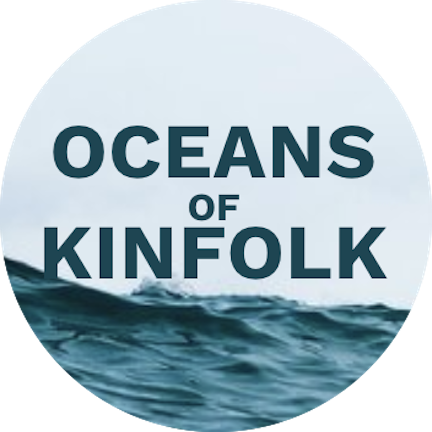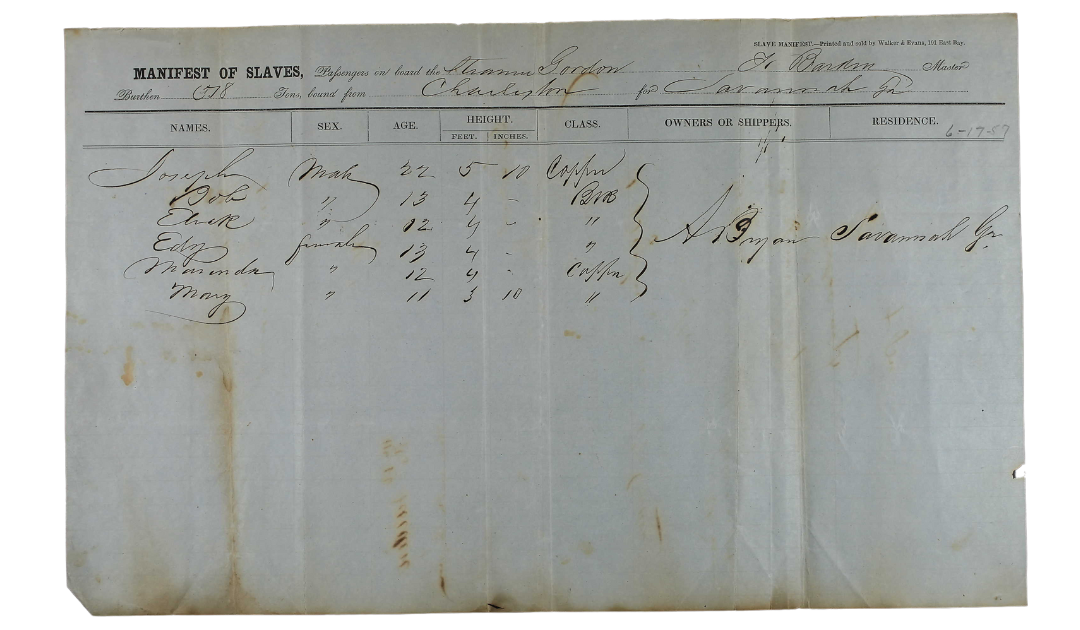Research & Technical Objectives:
Oceans of Kinfolk
Objective #1: Publication of Revised Edition @ Kinfolkology
What’s the goal?
The first objective for Oceans of Kinfolk, already underway, is the revision of the first edition of the database, published at SlaveVoyages.org, and the publication of a second edition at Kinfolkology.org. The second edition of Oceans of Kinfolk improves upon the first edition in several ways, including:
the correction of transcription errors,
the incorporation of images of the original records into the database,
the addition of variable descriptors and pages explaining the database’s structure and historical context.
Note: This is a process already initiated by Oceans of Kinfolk’s author, Jennie K. Williams, Ph.D.
What is needed?
With the help of four to six researchers, each working under the supervision of Dr. Williams for a minimum of ten hours per week, the second edition of Oceans of Kinfolk could be completed within six months. Note: Many manifests are difficult to read. For this reason, the ideal researchers for this project would be upper level graduate students.
Objective #2: Expansion to Encompass Entire Coastwise Traffic
At present, Oceans of Kinfolk consists exclusively of information about the coastwise traffic of enslaved persons to New Orleans. However, enslaved people were trafficked to and from close to 100 ports in the United States, stretching as far north as Boston, Massachusetts, as far south as Key West, Florida, and as far west as Port Lavaca, Texas. Why? The trafficking of enslaved persons to New Orleans by professional traders accounted for the majority of the coastwise traffic, but enslaved people found themselves at sea for a variety of reasons in the antebellum era.’s names appeared on manifests for a variety of reasons. For example, many enslaved people were sent back and forth between their enslavers’ multiple plantations. Others were put to work building canals and other public works on behalf of state governments, first in one place and then another. Still others were hired out by their enslavers over vast distances, and then sent back at the completion of the contract.




